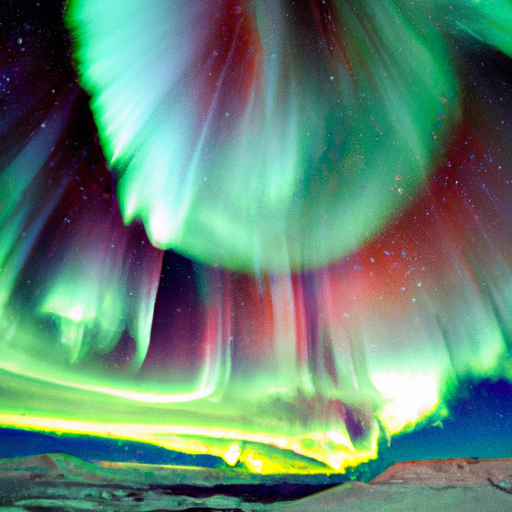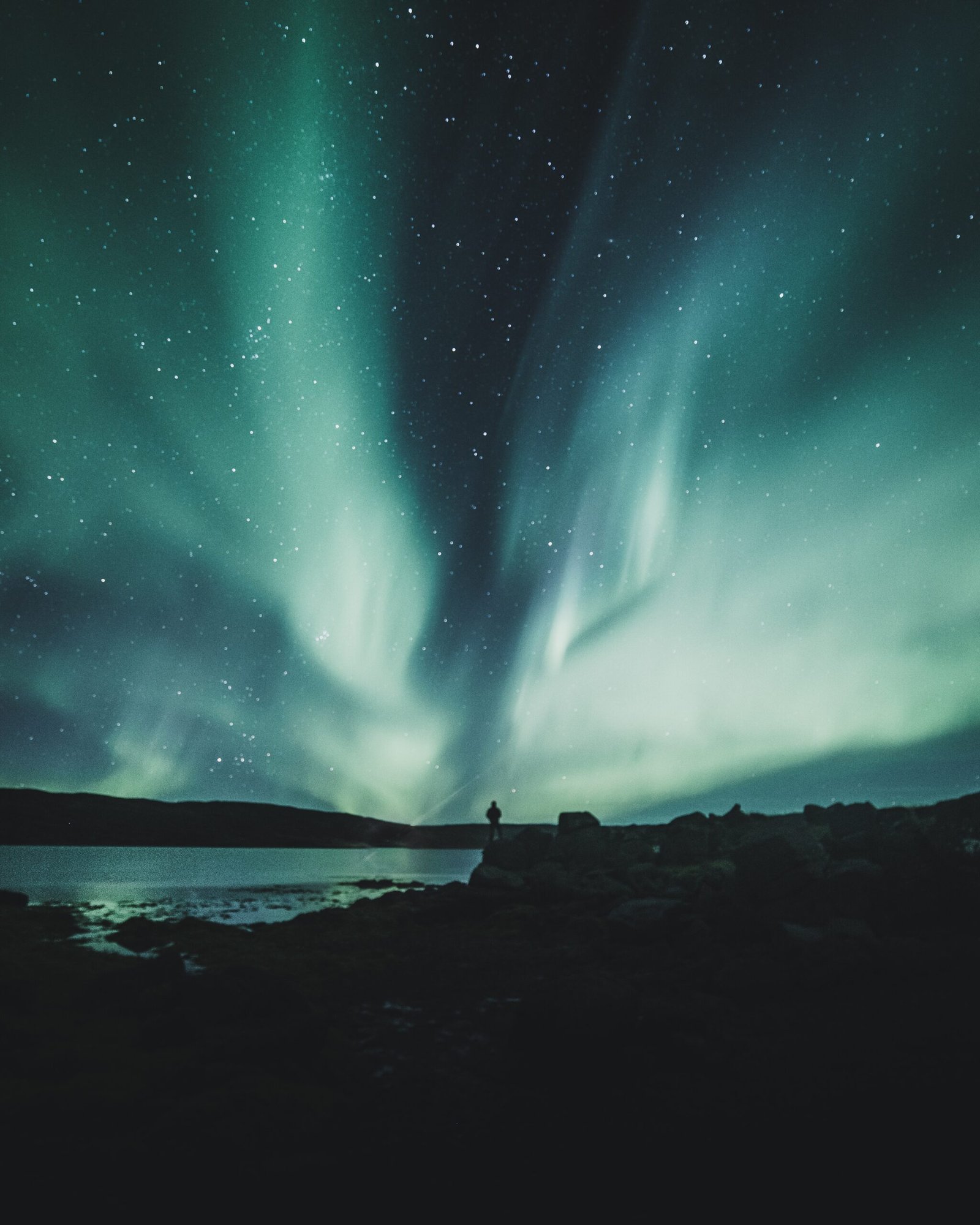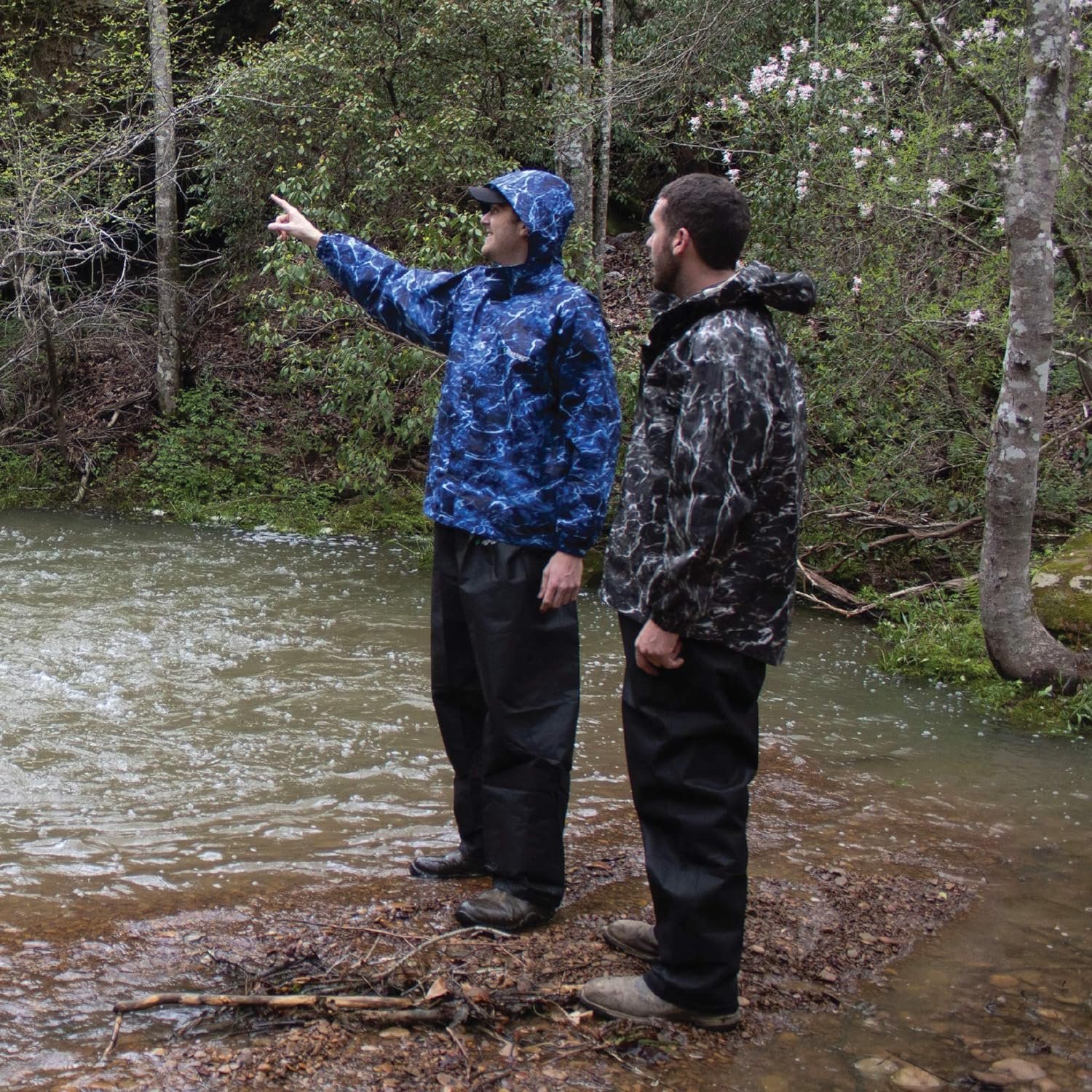Just when you think nature couldn’t get any more awe-inspiring, the Northern Lights – those ethereal, dancing curtains of light – come into view. But have you ever wondered just how long this mesmerizing spectacle lasts? We’ve all heard stories of people traveling far and wide to witness this magical phenomenon, but do the Northern Lights stick around for a fleeting moment or put on an extended show? Let’s embark on a celestial adventure to uncover the answer.
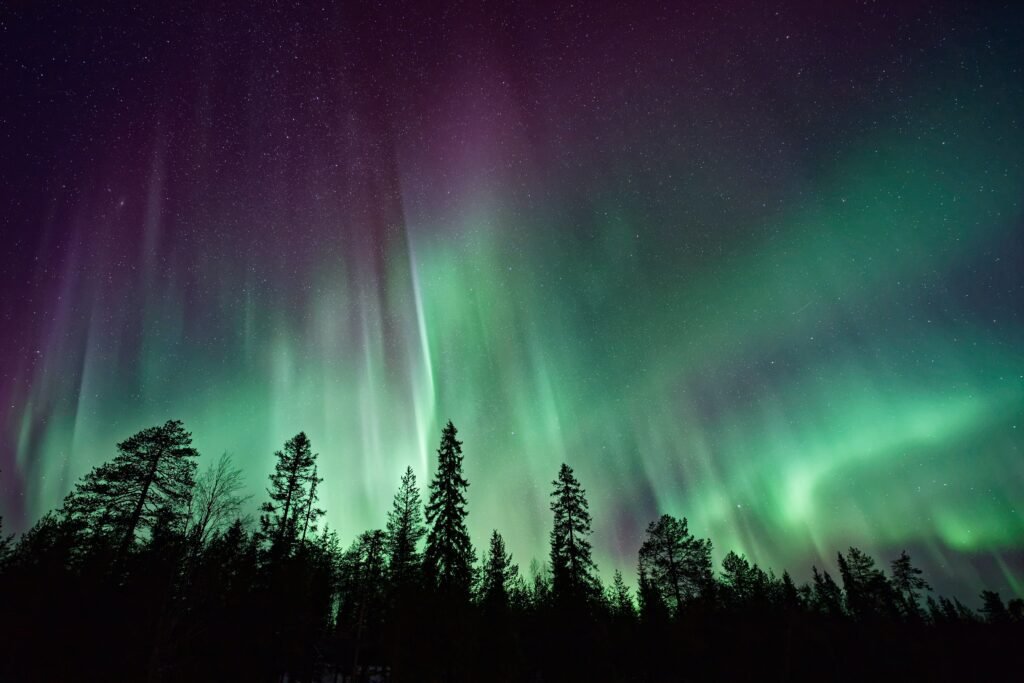
How Long Do The Northern Lights Last?
Table of Contents
Factors That Affect the Duration of the Northern Lights
When it comes to the Northern Lights, also known as the Aurora Borealis, many factors come into play that determine how long this breathtaking display of lights will last. From geomagnetic activity to solar activity, latitude and longitude, as well as the seasonality, several variables influence the duration and intensity of this natural phenomenon. In this article, we will explore these factors in detail and debunk some common misconceptions, while also providing you with helpful tips on maximizing your viewing time and capturing stunning photographs.
Geomagnetic Activity
geomagnetic activity plays a crucial role in the duration and visibility of the Northern Lights. This activity is caused by disturbances in Earth’s magnetic field, which interact with charged particles from the sun. When these charged particles enter the Earth’s atmosphere, they collide with atoms and molecules, resulting in the stunning display of lights we know as the Northern Lights.
Solar Activity
The Sun is the primary source of energy for the Northern Lights. Solar activity refers to the release of energy and charged particles from the Sun, such as solar flares and coronal mass ejections (CMEs). These events eject vast amounts of solar material into space, which can then interact with Earth’s magnetic field and trigger geomagnetic storms. The higher the solar activity, the stronger and more prolonged the Northern Lights can be.
Latitude and Longitude
Another factor that affects the duration of the Northern Lights is the observer’s latitude and longitude. The closer you are to the Earth’s magnetic poles, the higher the chances of witnessing the Aurora Borealis. Regions near the Arctic Circle, such as Alaska and northern Scandinavia, have a higher frequency of Northern Lights sightings compared to regions closer to the equator.
Seasonality
The seasonality of the Northern Lights is also influenced by various factors. During the winter months in the Northern Hemisphere, the nights are longer, increasing the opportunities for viewing the Northern Lights. Conversely, during the summer months, the nights are shorter, making it more challenging to witness this natural spectacle. However, in regions near the Arctic Circle where the sun never completely sets, the phenomenon can still be observed during the summer months.
Effects of Geomagnetic Activity
Strong Geomagnetic Activity
Strong geomagnetic activity is often associated with intense and long-lasting displays of the Northern Lights. This occurs during geomagnetic storms, which are caused by powerful solar events, such as CMEs. These storms increase the chances of witnessing vibrant and extended auroral displays, sometimes visible even at lower latitudes.
Weak Geomagnetic Activity
During periods of weak geomagnetic activity, the Northern Lights may still be visible, but they might appear less vibrant and have a shorter duration. On such occasions, the auroras might be limited to regions closer to the Earth’s magnetic poles, making it less likely for observers at lower latitudes to catch a glimpse.
Kp Index
The Kp index is a measurement used to quantify geomagnetic activity levels. It ranges from 0 to 9, with higher values indicating stronger activity. By monitoring the Kp index, scientists and enthusiasts can get a sense of the intensity and duration of the Northern Lights. Generally, a Kp index of 5 or higher signifies that the conditions are favorable for viewing the auroras.
Effects of Solar Activity
Solar Flares
Solar flares are sudden eruptions of energy on the Sun’s surface, releasing a burst of radiation and charged particles into space. When Earth’s magnetic field interacts with these particles, it can trigger intense geomagnetic storms and increase the likelihood of prolonged displays of the Northern Lights.
Coronal Mass Ejections (CMEs)
Coronal Mass Ejections (CMEs) occur when the Sun releases huge bubbles of magnetized plasma into space. If a CME is directed towards Earth, it can induce intense geomagnetic storms, amplifying the visibility and duration of the Northern Lights. These strong solar events have the potential to create awe-inspiring auroral displays that can last for several hours.
Solar Wind Speed
The speed of the solar wind, which is a stream of charged particles emanating from the Sun, also affects the duration of the Northern Lights. Higher solar wind speeds can increase the chances of observing intense and prolonged auroras. However, it’s important to note that solar wind speed alone does not determine the visibility of the Northern Lights; other factors must align as well.
Solar Radiation Storms
Solar radiation storms occur when the Sun releases an elevated amount of radiation. These storms can impact the Earth’s magnetic field and contribute to geomagnetic disturbances, potentially resulting in vivid and long-lasting displays of the Northern Lights. However, these storms can also pose risks to satellite communications and electrical systems.
Influence of Latitude and Longitude
Higher Latitudes
Being located at higher latitudes significantly increases the opportunities for witnessing the Northern Lights. Throughout regions near the Arctic Circle, such as Scandinavia, Alaska, and Canada’s Yukon, the Northern Lights are a common occurrence. These regions experience more frequent and usually longer displays of the auroras, making them ideal destinations for Aurora enthusiasts.
Lower Latitudes
While the Northern Lights are more commonly observed at higher latitudes, there are occasions when they can be seen at lower latitudes. During periods of heightened geomagnetic activity and strong solar events, the auroras can extend their reach farther south, giving residents and visitors in lower latitude regions a chance to experience this magical spectacle.
Longitude Effects
Longitude can also play a role in the duration of the Northern Lights. Being closer to the Earth’s magnetic poles, which are located near the North Pole and the South Pole, increases the chances of regularly witnessing the auroras. As you move farther away from these magnetic poles, the occurrence and duration of the Northern Lights become less frequent and shorter.
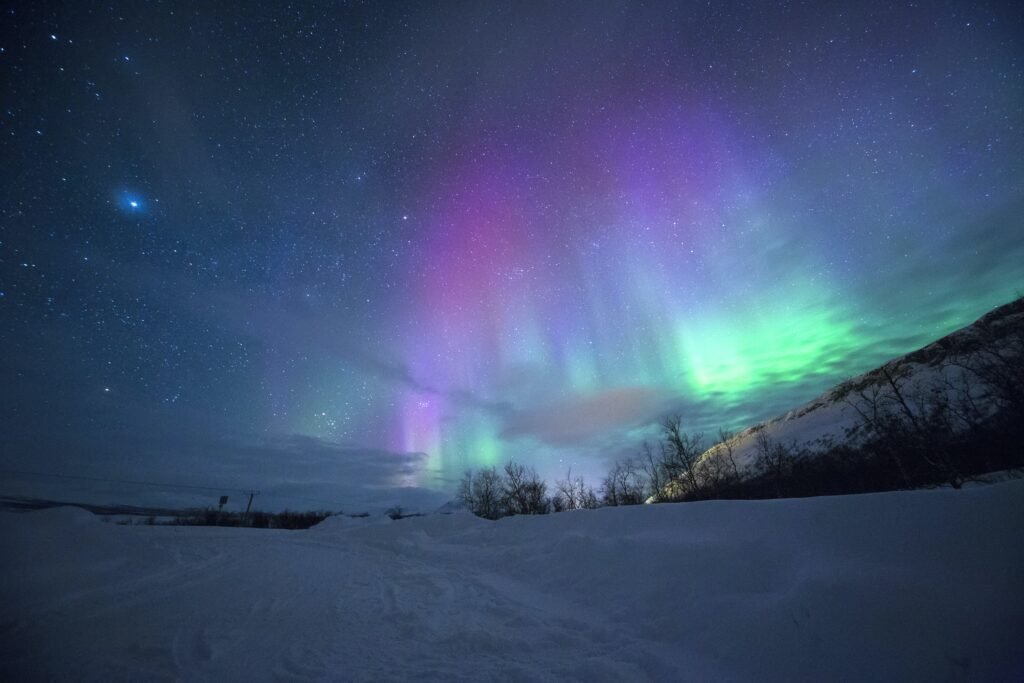
Seasonality and Variation in Aurora Duration
Winter Months
The winter months are typically the best time to witness the Northern Lights. In the Northern Hemisphere, from late September to early April, the nights are longer, providing more hours of darkness for the auroras to be visible. Coupled with the increased geomagnetic activity during this period, the chances of witnessing prolonged displays of the Northern Lights are significantly higher.
Summer Months
During the summer months in the Northern Hemisphere, the nights are shorter, and the Midnight Sun phenomenon occurs in regions near the Arctic Circle. However, in areas where the sun does set, there are still opportunities to see the Northern Lights during this time. It is important to note that the auroras might appear less frequently and with shorter durations compared to the winter months.
Average Duration of the Northern Lights
Typical Duration
The duration of the Northern Lights can vary significantly. On average, a typical display can last anywhere from a few minutes to a couple of hours. During periods of heightened activity, the auroras may persist for several hours, while during periods of weaker activity, they may only be visible for a short period.
Extended Displays
Occasionally, the Northern Lights can provide extended displays that last for several hours, captivating all who are fortunate enough to witness them. These extended displays often occur during periods of strong geomagnetic activity and intense solar events, creating mesmerizing and unforgettable experiences for those lucky enough to be in the right place at the right time.
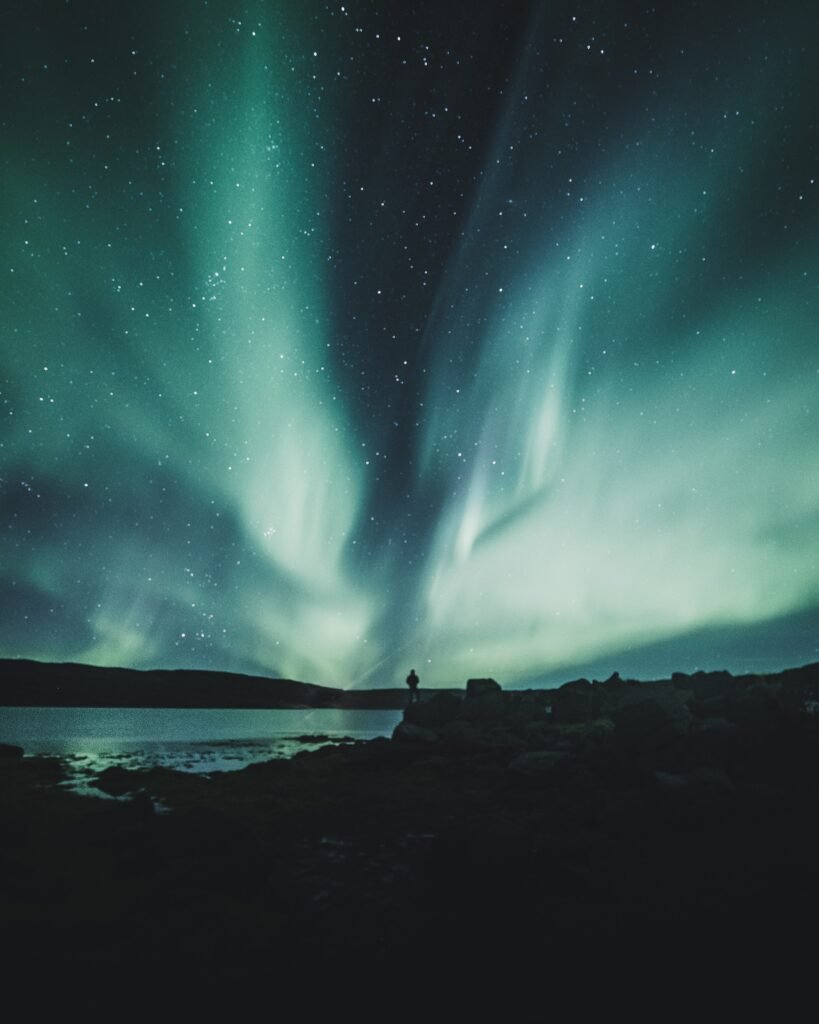
Common Misconceptions About the Northern Lights’ Duration
Always Visible
Contrary to popular belief, the Northern Lights are not continuously visible. They are a natural phenomenon that occurs when specific conditions align, such as geomagnetic activity and solar events. While the Northern Lights can appear frequently in regions near the Earth’s magnetic poles, they are not omnipresent and require specific circumstances to be observed.
Continuous Display
The Northern Lights do not present themselves as a continuous display. They manifest in waves or curtains of lights, shifting and changing in intensity and color. The auroras can appear, fade away, and then reappear in different areas of the sky. Patience and persistence are keys to witnessing the Northern Lights and fully appreciating their dynamic nature.
Predictability
Predicting the exact duration and intensity of the Northern Lights is challenging. While advancements in technology and monitoring systems allow for forecasts and real-time updates on geomagnetic and solar activity, the auroras remain a natural phenomenon that can behave unpredictably. Even during periods of heightened activity and optimal conditions, the Northern Lights may not always manifest as expected.
Tips for Maximizing Your Viewing Time
Choosing the Right Time of Year
To maximize your chances of witnessing the Northern Lights, plan your visit during the winter months in the Northern Hemisphere. Late September to early April generally offers the best opportunities for observing this awe-inspiring phenomenon. Research the optimal viewing periods for your desired location to increase your chances of a memorable experience.
Ideal Weather Conditions
Clear and dark skies are essential for optimal viewing conditions. Cloud cover can obstruct your view of the Northern Lights, so choose a location with a low probability of cloudy or overcast weather. Additionally, being away from light pollution in urban areas will enhance your chances of seeing the auroras more clearly.
Finding Dark Sky Locations
Finding dark sky locations away from city lights is crucial for experiencing the full beauty of the Northern Lights. National parks, remote areas, and designated dark sky reserves are excellent options for getting the best possible views. Consider researching and visiting locations known for their dark skies and Northern Lights sightings to optimize your viewing experience.
Monitoring Geomagnetic and Solar Activity
Stay informed about the current geomagnetic and solar activity levels by monitoring reliable sources such as the Kp index, the Space Weather Prediction Center, or local aurora tracking websites. These resources provide valuable insights into the likelihood of Northern Lights sightings. By keeping track of the activity, you can make informed decisions and increase your chances of witnessing this incredible natural phenomenon.
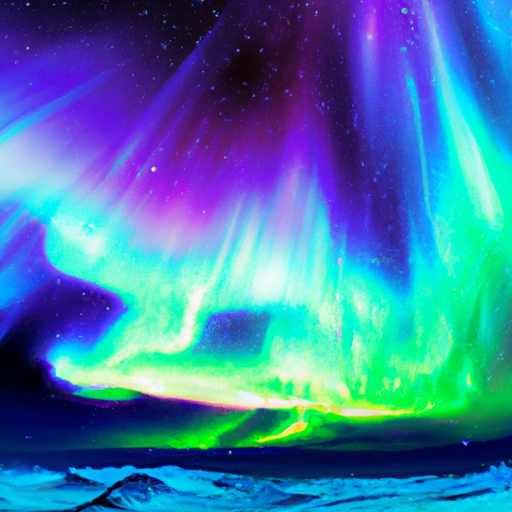
Photographing the Northern Lights
Long Exposures
Capturing the Northern Lights through photography requires using long exposures to capture the movement and colors of the auroras. Set your camera to manual mode and experiment with exposure times ranging from a few seconds to several minutes, depending on the brightness of the lights and the effect you desire. Using a tripod is essential to keep your camera steady during these long exposures.
Appropriate Camera Settings
Adjusting your camera settings can greatly enhance your chances of capturing stunning photographs of the Northern Lights. Start with a high ISO setting to capture the faint light of the auroras, and use a wide aperture to allow more light into the camera sensor. Experiment with different white balance settings to achieve accurate color representation. Additionally, shooting in RAW format allows for greater flexibility during post-processing.
Tripods and Remote Shutter Release
To avoid camera shake and blurry images, always use a tripod when photographing the Northern Lights. A remote shutter release or a timer can further minimize any movement caused by manually pressing the shutter button. By keeping the camera steady, you can capture sharp and detailed images of the auroras.
Post-Processing Techniques
The post-processing stage allows you to enhance and refine your Northern Lights photographs. Use software like Adobe Lightroom or Photoshop to adjust exposure, contrast, and color balance, bringing out the true beauty of the auroras. However, it is crucial to maintain the integrity of the scene and avoid excessive editing that may create an unrealistic portrayal of the Northern Lights.
Conclusion
The duration of the Northern Lights is influenced by various factors, including geomagnetic and solar activity, latitude and longitude, and the seasonality of the year. Understanding these factors can help you plan and optimize your chances of witnessing this breathtaking natural phenomenon. Remember to be patient and flexible, as the Northern Lights can be unpredictable. By choosing the right time of year, finding dark sky locations, and monitoring activity levels, you can enhance your chances of experiencing the magic of the Aurora Borealis and capturing stunning photographs to treasure forever.
